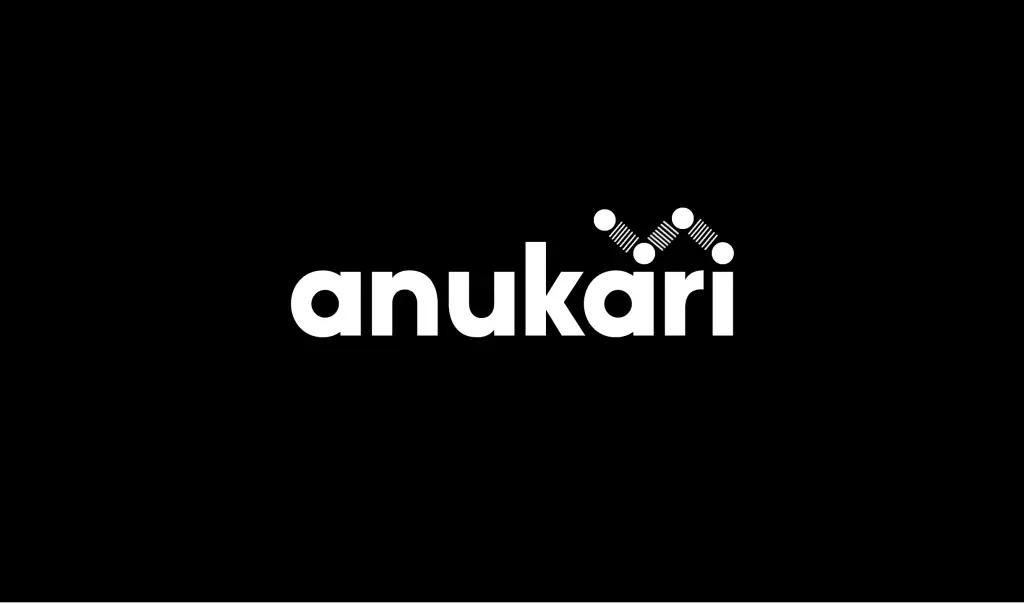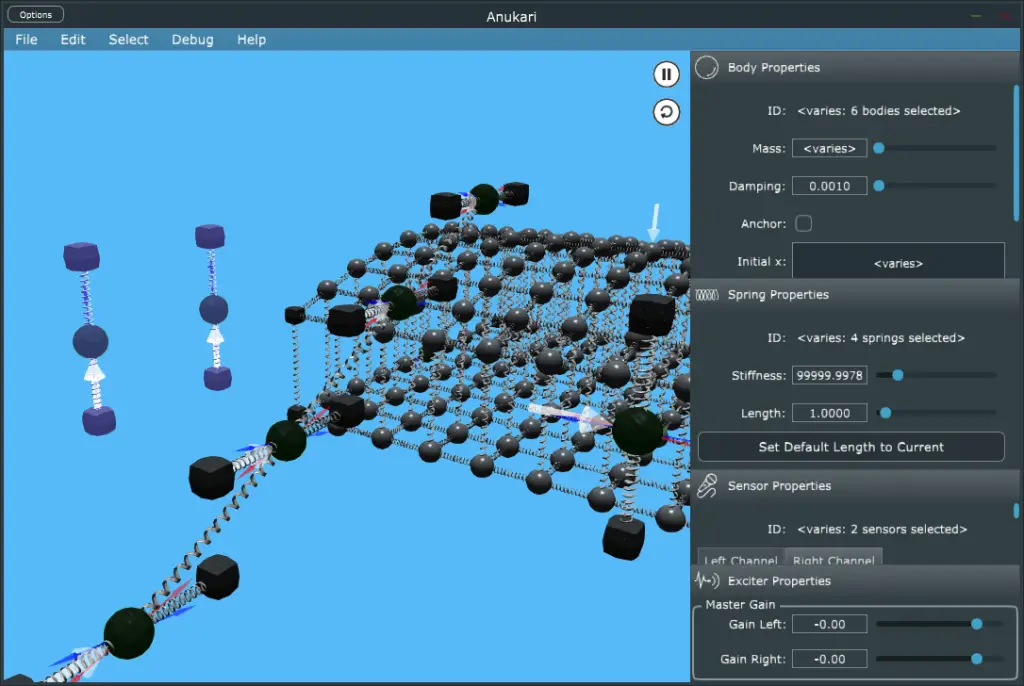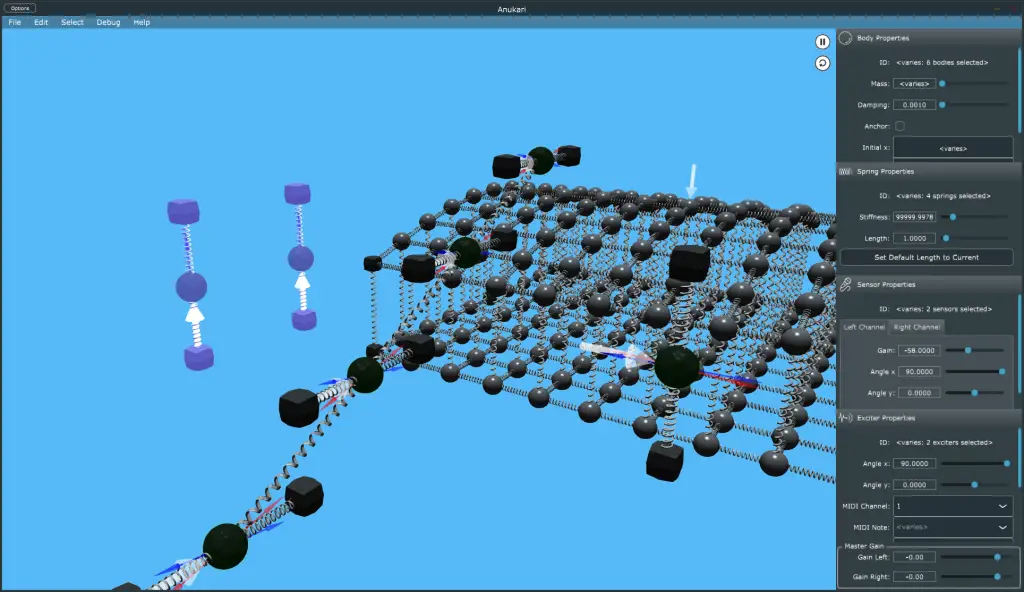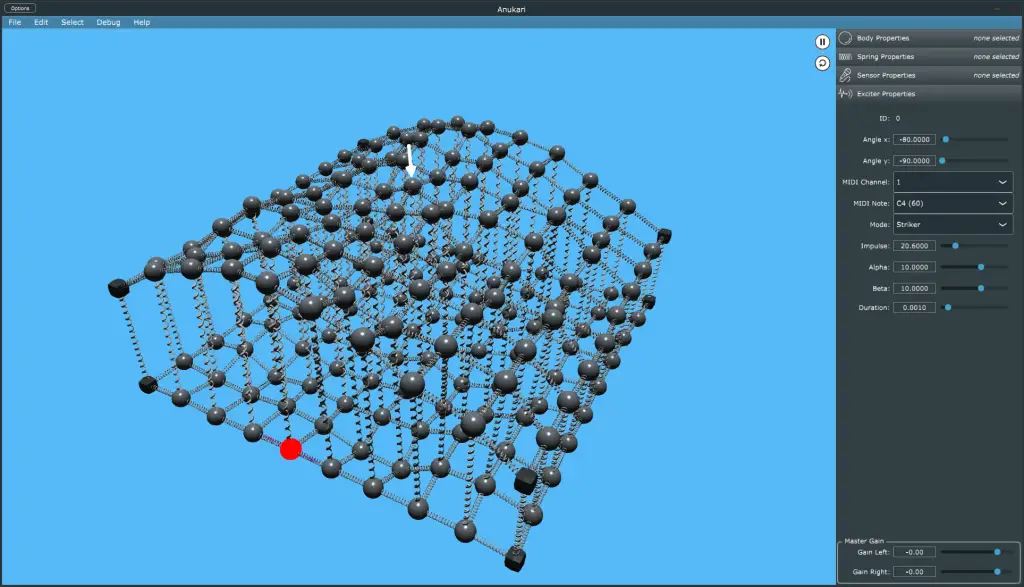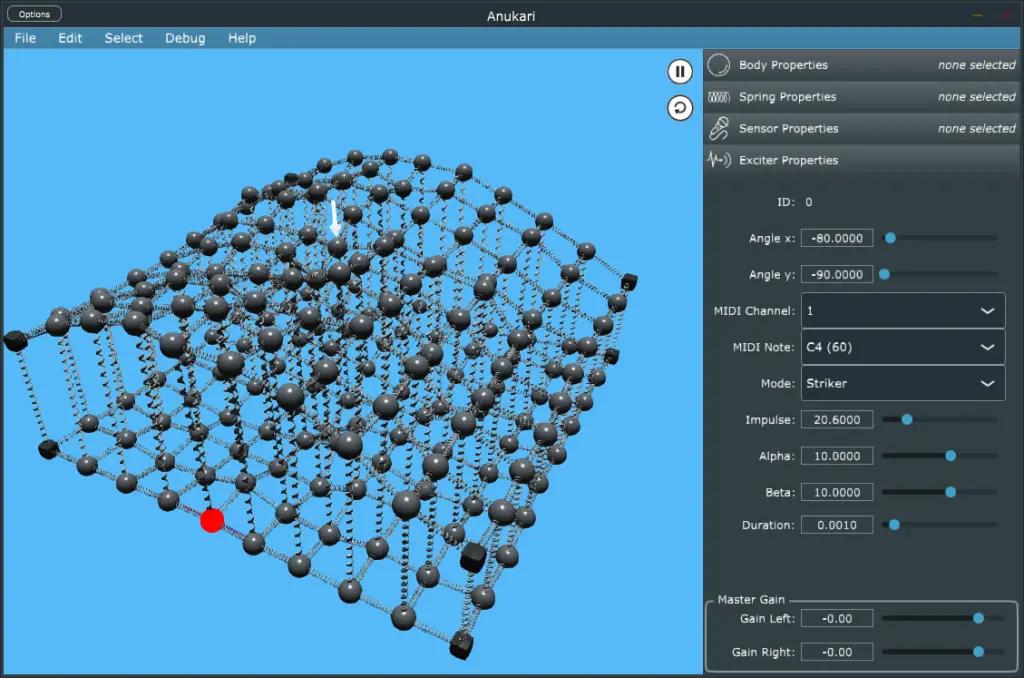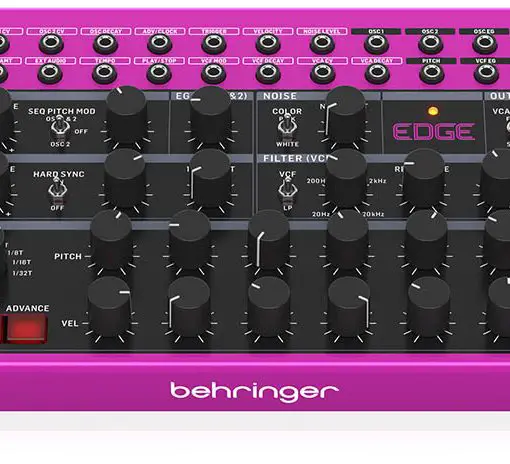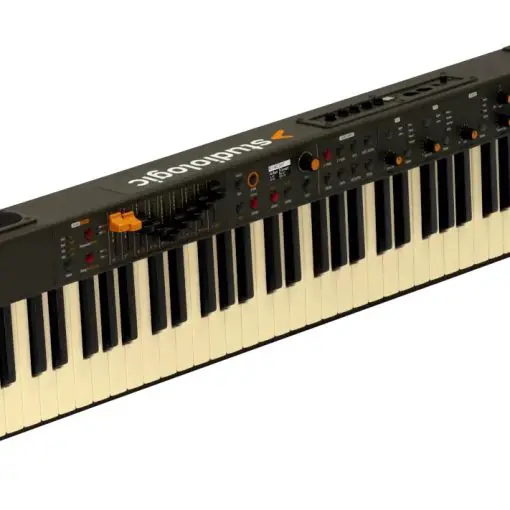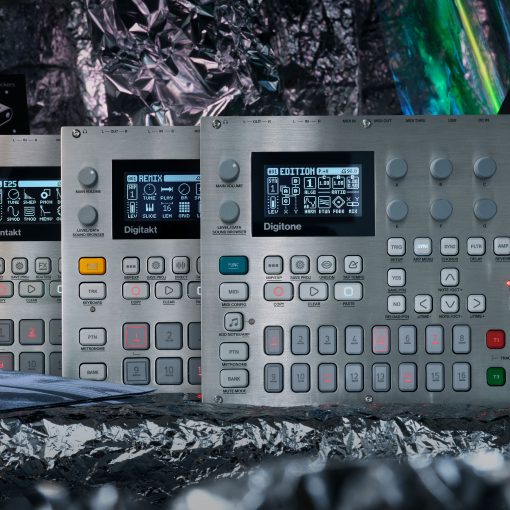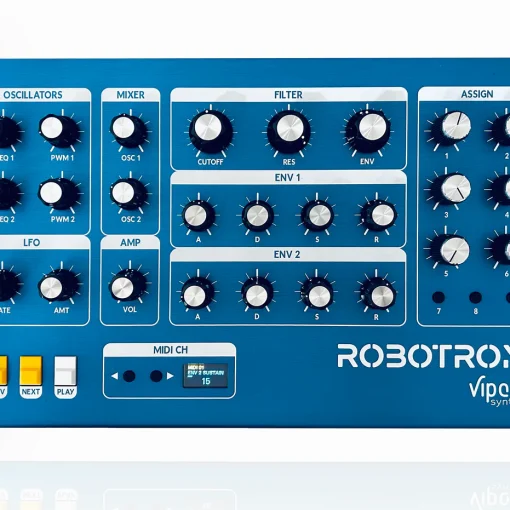A few days ago we were sent a link to a video about a current prototype software synth which bases its sound production and manipulation on Newtonian physics.
Don’t run away! As developer Evan Mezeske (former engineering leader at Google) states, “it’s not necessary to understand the mathematics or physics” in order to use Anukari. Instead, this standalone or DAW plugin software will allow you to experiment with virtual ball bearings and springs, and how th varying tensions and connections can alter any sounds made or played through them.
Instead of trying to explain it in depth, it’s really much easier to take a look at the introduction video. Suffice it to say there are a lot of sonic possibilities with this, including the fact that it is constantly modelling and evolving, rather than relying on samples or even a seed state each time a note is played. This means previous vibrations and effects will continue to morph and skew the audio over time.
Additionally, it’s possible to pass in external audio and have that processed in real time, even at the same time as playing notes over MIDI.
It really looks like a fun and capable virtual instrument, though it uses a lot of processing power. The press release states that Anukari is so intensive that it has to run on a dedicated GPU (graphics card). “The number of masses and springs is limited only by the user’s GPU hardware. On a relatively modern Windows machine, up to 750 connected masses can be reliably simulated in real time at 48kHz. This can be smaller or larger depending on the user’s hardware.” It’s also stated that “multiple up-to-750-mass systems can be simulated in real time in parallel, as long as they are not connected to one another with springs. This means that multiple Anukari instances can run together in the same DAW at maximum system size without problems.” Fair to assume you’re going to need a beefy machine to really take advantage of this.
As a prototype, it’s safe to assume further features will be added over time. There’s no word yet of a release date or pricing, but you can keep up to date with developments by subscribing to the Anukari Music YouTube channel. Evan says: “We won’t release Anukari until it is absolutely rock-solid stable and has quite a few more features, some of which will, hopefully, be based on feedback from the community after our first demo.”
Here are some screenshots of Anukari in action, but for the best view, do check out the video.
